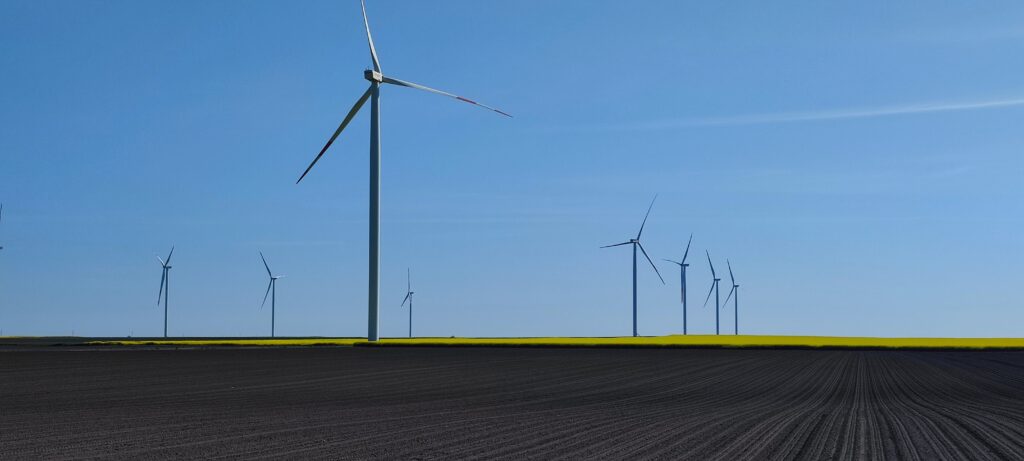In 2023, renewable energy was the largest source of electricity in the EU, with a 44.7 percent share in total electricity production than from fossil fuels, the European service Eurostat announced.
Reduced demand for fossil fuels
RES are responsible for 1.21 MWh, which is an increase of 12.4 percent compared to 2022.
The largest investments were recorded in solar energy and wind energy, and the combined capacity of these two renewable energy sources increased by 73 GW in 2023. Solar energy experienced a real expansion last year, as its capacity in the EU increased by 56 GW, compared to the 41 GW added in 2022, the SolarPower Europe association announced.
On the other hand, 19.7 percent less electricity was produced from fossil fuels compared to the previous year. Fossil fuels provided 0.88 MWh or 32.5 percent of the total electricity produced.
The Council of EU members and the European Parliament agreed at the beginning of the year to declare nuclear energy a strategic technology for decarbonization.
The share of nuclear energy in electricity production in the EU was 22.8 percent, Eurostat announced. 0.62 million gigawatt-hours were produced in nuclear power plants, 1.2 percent more than in 2022. France, with its 56 operational reactors, is the leading country in the European Union in nuclear energy production.
A decline was recorded in coal: the supply of brown coal decreased by 24.2 percent, and the supply of hard coal by 20.4 percent. They are the lowest recorded in the history of data recording, Eurostat announced.
When it comes to oil and oil derivatives, the delivery amounted to 526,862 thousand tons, which is a decrease of 1.5 percent compared to 2022.
By the end of the year, it is expected that, through auctions and commercial projects, domestic RES will be increased by nearly 40 percent, from the initial 510 MW.
The Minister of Mining and Energy of Serbia, Dubravka Đedović Handanović, announced at the annual conference “Serbia goes green” at the Serbian Chamber of Commerce that by the end of the year, Serbia can expect, through auctions and commercial projects, domestic RES to be increased by nearly 40 percent, from the initial 510 MW.
She added that the second round of auctions will take place in the fall and that the Ministry is working intensively on preparing that process.
The possibility of lifting the moratorium. In the coming period, as she said, the plan is to discuss the use of nuclear energy, because the only option is nuclear energy if the goal is for Serbia to decarbonize by 2050 to provide basic energy.


